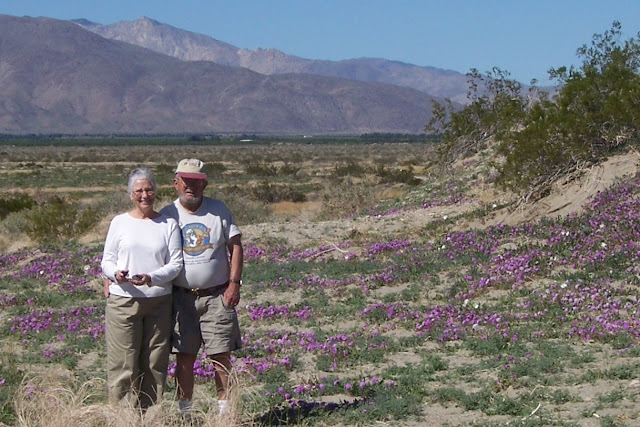Linda would not approve of this blog
WHO do they think they are, messing with the best meal of
the day??? I refer, of course, to the World Health Organization, Unless you were climbing in the Patagonian
Andes or bushwhacking through Borneo in search of hallucinogenic plants, you
will have heard that WHO has just classified processed meats – and that
includes bacon – as a carcinogen, thus lumping it with smoking, alcohol excess,
and sniffing asbestos powder. I heard this
pronouncement on two news broadcasts
last night, It was front-page on the
highly influential Bellingham Herald this morning. All this upset me so much that I went out for
breakfast (my usual: biscuits and gravy, bacon and eggs). On the way to the restaurant I punched the
radio button – and there was Rush Limbaugh, weighing in. (He thinks it is a liberal scam, like global warming, evolution and the existence of poverty.) So what
is an elderly carnivore to do?
Well, first of all, look at the fine print. WHO tells me that eating plentiful amounts of
processed meats (in my case, almost entirely bacon) will increase my lifetime
probability of getting colorectal cancer by 18%. Scary, no?
However – according to official health statistics the lifetime chance of
dieing from this type of cancer is about 15 in 100,000 (or was, in 2012), which
figures out to about 0.015%. 18% of that
is a very small number: according to these statistics, eating bacon in
profusion raises your risk of death from colorectal cancer to a whopping 0.018%. I can’t speak for you, but at 82 I will
damned well take my chances.
I guess it boils down to this question: do you want to live
a long life eating oatmeal and yogurt, or would you prefer a (perhaps) slightly shorter life eating bacon and
eggs?
In passing, I read somewhere lately about an interview with
the current oldest person in the world – about 116, I think. She states that she has bacon and eggs every
day.











